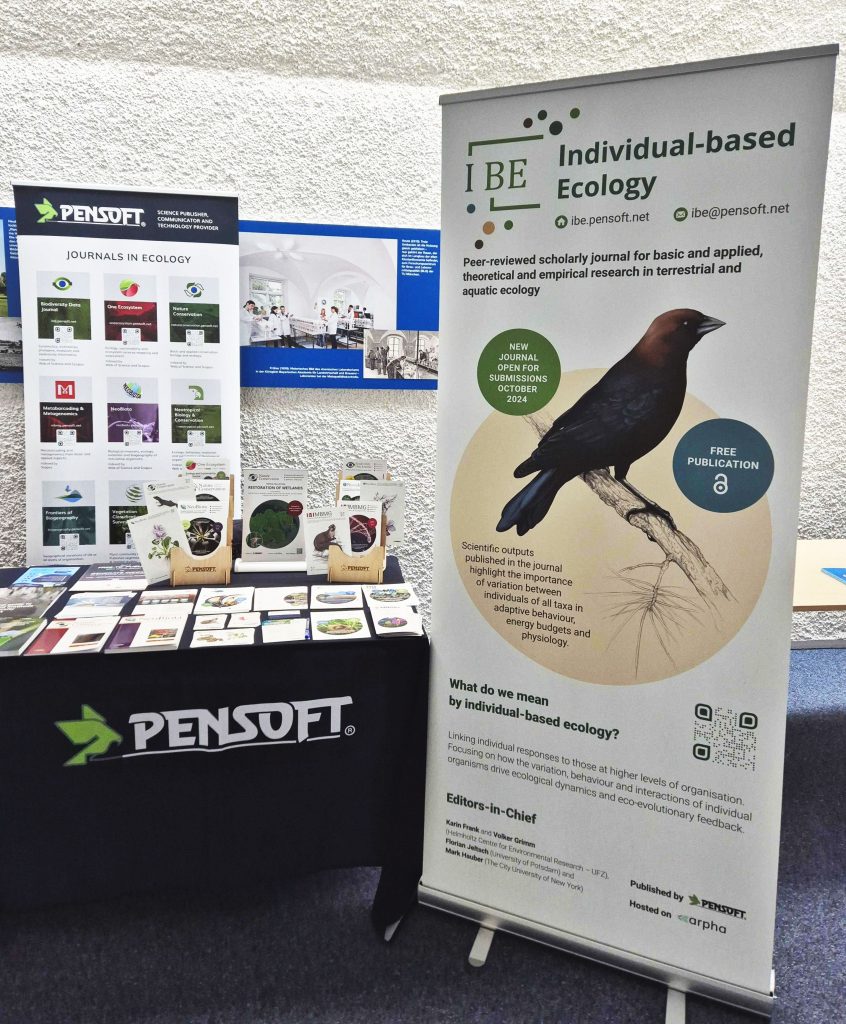The Annals of the Natural History Museum Vienna (ANHMW) has launched its first issue since transitioning to the ARPHA scholarly publishing platform and entering a co-publishing partnership with Pensoft.
The open-access, peer-reviewed journal publishes original research relating to the museum’s scientific collections and ongoing projects, covering anthropology, biosciences, earth sciences, genetics, prehistory, and the museum’s history.

Established in 1836 as the Annalen des Wiener Museums der Naturgeschichte, the journal is one of Europe’s oldest periodicals, maintaining a longstanding tradition of scientific publishing. Over the years, the journal experienced various iterations and name changes and, in 1980, it was divided into three series. Now, following the transition to Pensoft, these series have been reunited under one title.
ANHMW operates as a diamond open-access journal, allowing authors to publish freely thanks to the generous support of the Natural History Museum Vienna. Co-published by Pensoft and the museum, all articles are available in multiple formats including HTML, JATS XML, and high-resolution full-colour PDF.
Content is enhanced semantically and converted into Linked Open Data and OpenBiodiv Biodiversity knowledge graphs. To meet nomenclatural standards for electronic publication, all articles will be indexed and archived in repositories such as Zenodo, CLOCKSS, Portico, and more, with nomenclatural acts registered in ZooBank.
The joint Editors-in-Chief, Dr Anna Weinmann, Mag Andrea Krapf, and Dr Nesrine Akkari, expressed enthusiasm for the journal’s digital transformation. Andrea Krapf commented, “I am very proud to accompany such a venerable and traditional journal as the Annalen des Naturhistorischen Museums in Wien on its journey into the digital future under its new English title, Annals of the Natural History Museum Vienna. In Pensoft, we have found a reliable partner to publish the journal under a modern diamond open access model, making it thus more attractive to the scientific community and the general public.”
Dr Nesrine Akkari said, “Since joining the editorial team of the Annalen des Naturhistorischen Museums in Wien as the editor-in-chief of Serie B in 2018, I have witnessed continuous attempts to modernise the journal’s editorial workflow and publications. The idea of moving to Pensoft as a co-publisher was discussed and I am delighted that our managers support it.
“As both a scientist and an editor, I recognise the importance of the Annals as part of the museum’s legacy, while I also recognize the many advantages of the collaboration with Pensoft. I believe that this change marks a new era for the Annals and that, by combining modernity and tradition, our journal will continue to thrive.”
Prof Lyubomir Penev, CEO and Founder of Pensoft, welcomed the partnership: “We are thrilled to welcome the Annals of the Natural History Museum Vienna into the Pensoft family of next-generation scientific journals. ARPHA’s publishing solutions will allow the journal to modernise and find new audiences.”
The first issue is now available on the ANHMW’s new website, including an editorial by the Editors-in-Chief reflecting on the past and future of this historic journal.












